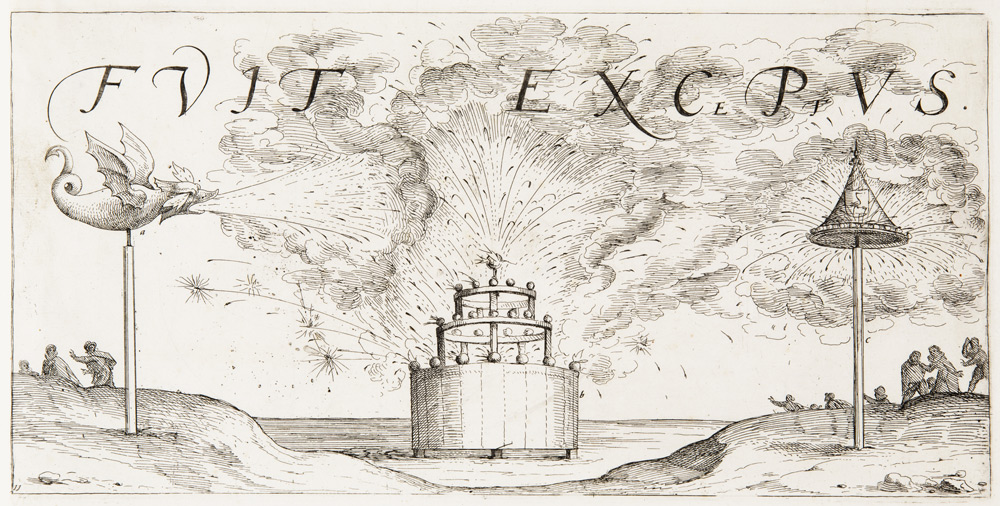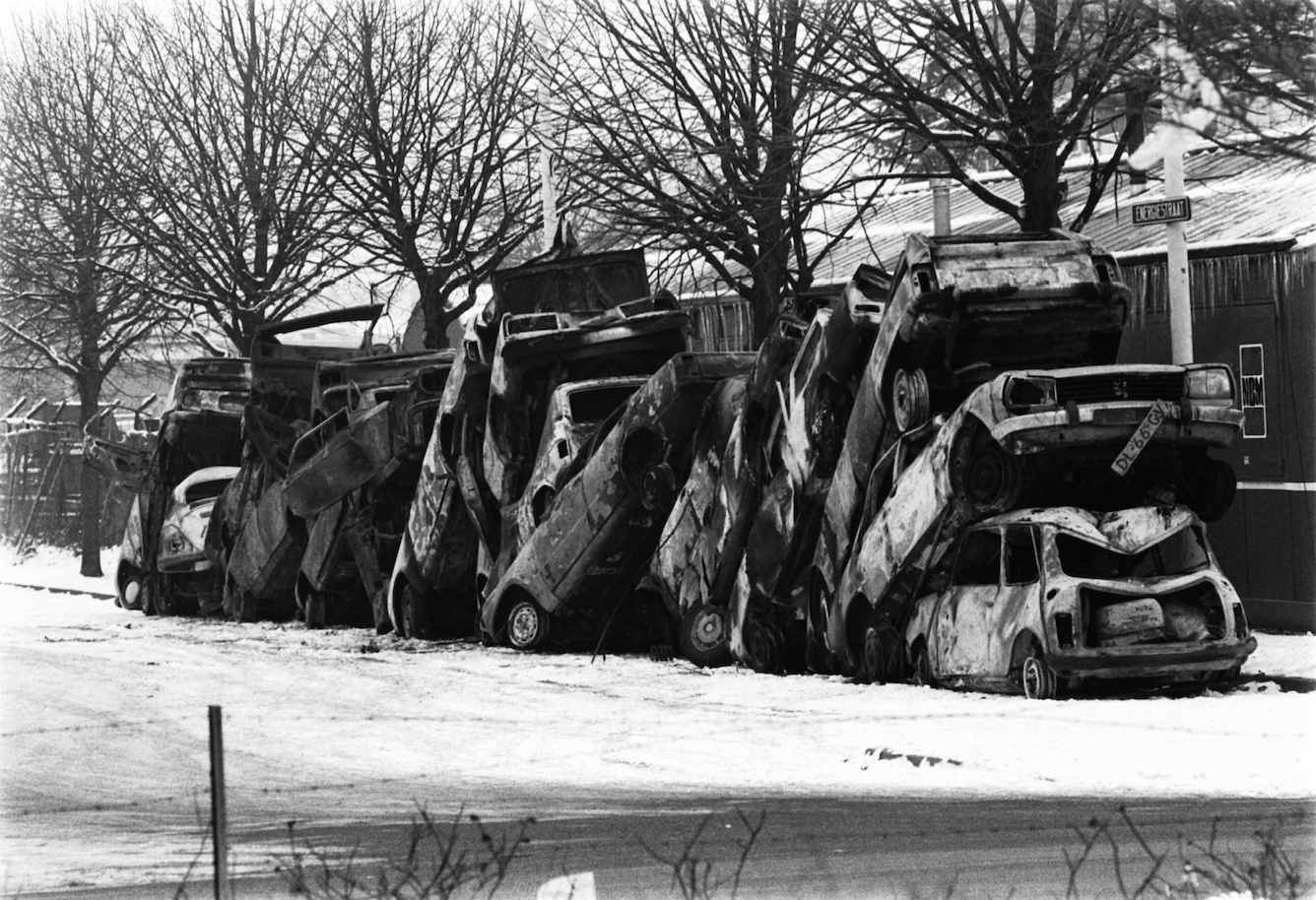
Holland’s Prince William of Orange, also known as William the Silent, was the first head of state to be assassinated by a gun in 1584. His murder left Holland in political quandry as the heir to power, William’s brother, was held hostage in Spain. Queen Elizabeth sent her beloved Robert Dudley, the Earl of Leicester, to rule over Holland as a temporary govenor-general. When he arrived in Scheveningen in 15, he was met with an extraordinary display of fireworks as depicted in this etching from 1586.

A Vreugdevuur for the 40th jubilee of Queen Wilhelmina on Scheveningen’s beach,
August 26th, 1938. (Gompers, collection Haags Gemeentearchief)
August 26th, 1938. (Gompers, collection Haags Gemeentearchief)
 A family and their friends celebrate New Year’s with a stolen police Jeep on Jan Steenstraat, January 1, 1968. According to local accounts, the crowd drove the new Jeep into a bonfire, where it was found by police in the morning. (G.J. ter Brugge, collection Haags Gemeentearchief)
A family and their friends celebrate New Year’s with a stolen police Jeep on Jan Steenstraat, January 1, 1968. According to local accounts, the crowd drove the new Jeep into a bonfire, where it was found by police in the morning. (G.J. ter Brugge, collection Haags Gemeentearchief)For most of the years after World War Two, between Christmas and New Years, The Hague was a city of skirmishes. Kids fought over collections of discarded Christmas trees to burn on the on the big night. Each neighborhood had its own crew, they fought each other and the police. A friend of my father's died in police chase over rooftops. Over time, the violence slowly evolved into a bonfire rivalry between the coastal neighborhoods of Duindorp and Scheveningen, my late grandfather’s neighborhood.


(both courtesy of Jos van Leeuwen)